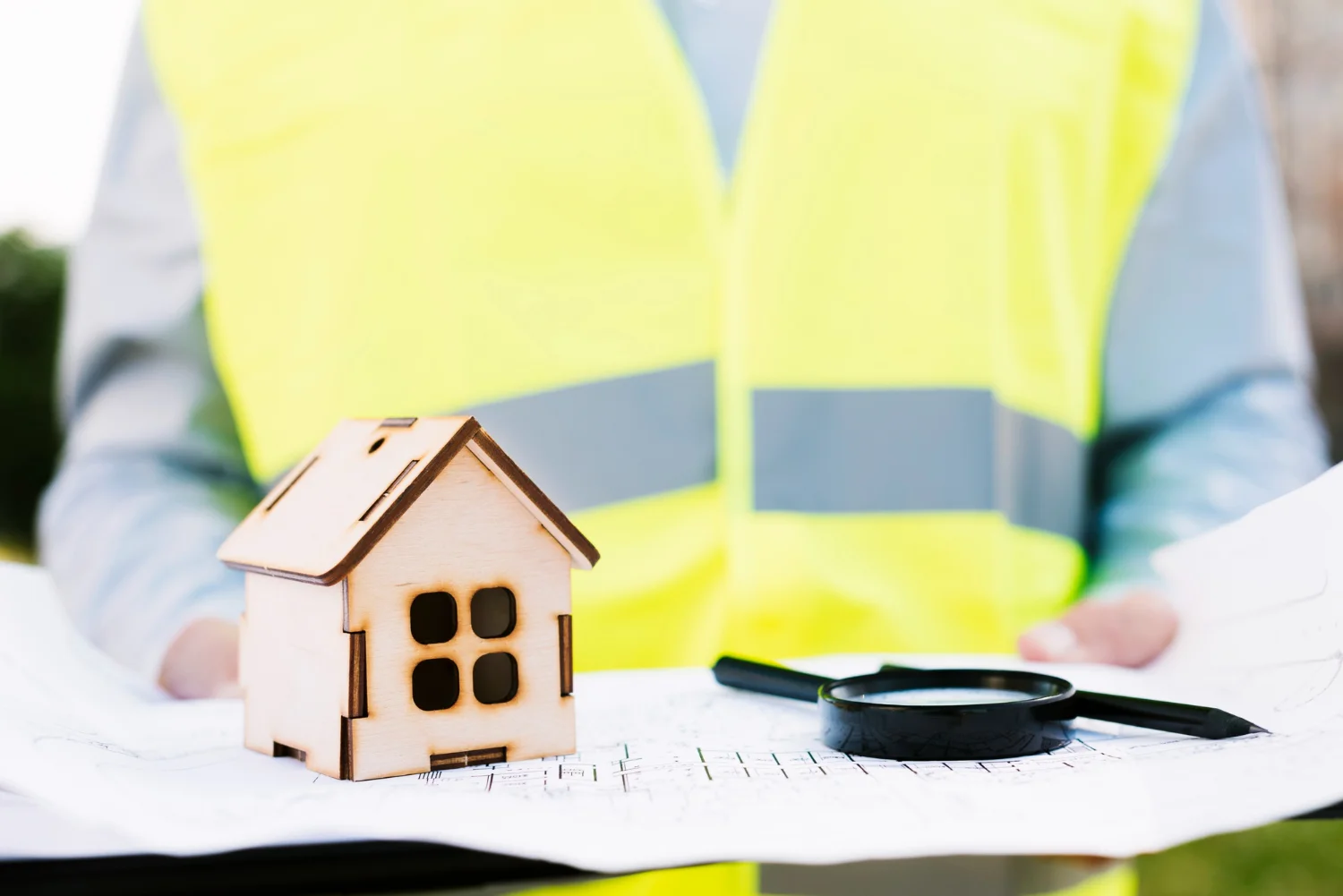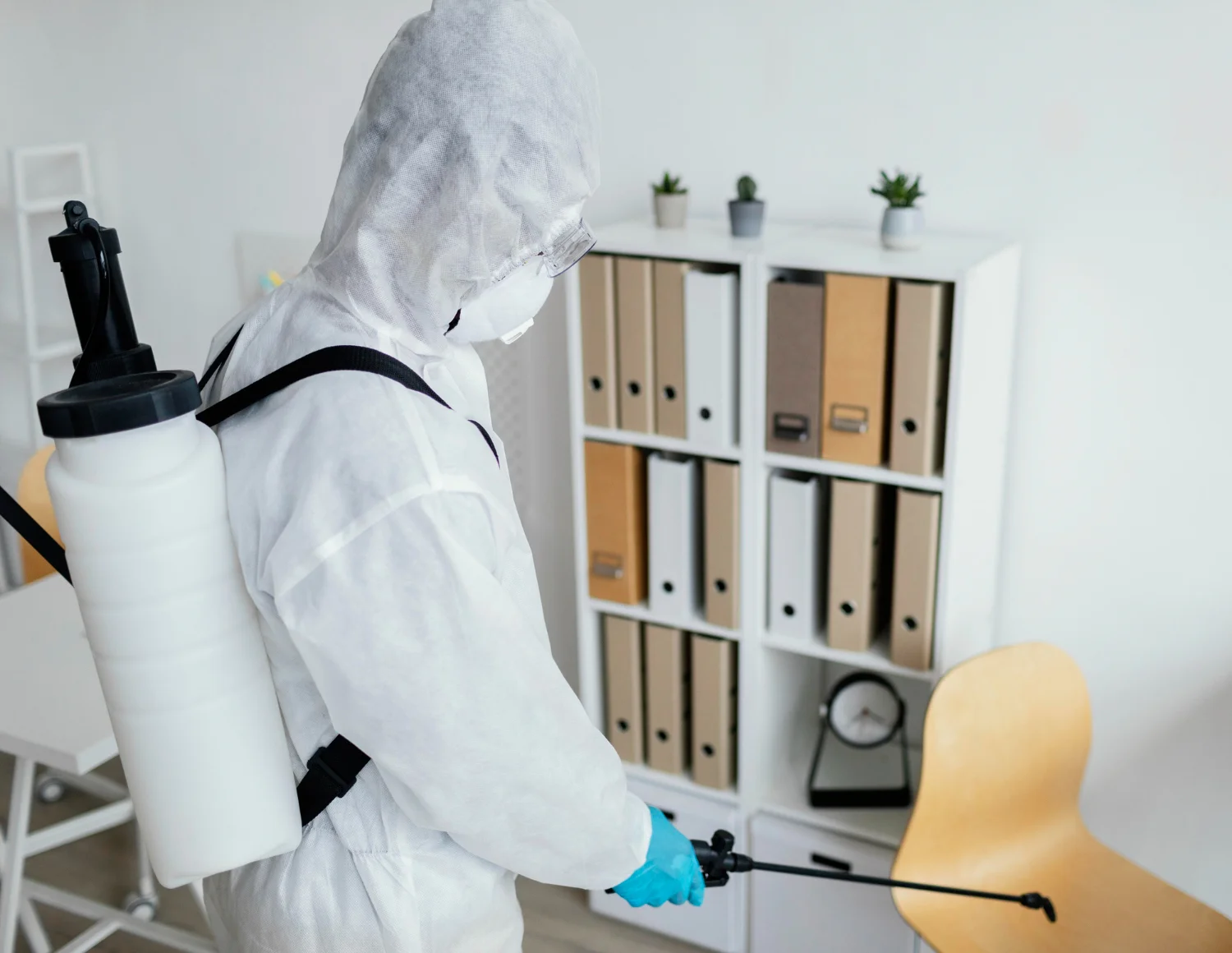Building inspections are critical for identifying problems that might not be immediately evident to the property owner. They help ensure the structure is safe and sound, whether it’s a residential or commercial building. Understanding the common problems during these inspections can help you be better prepared and more informed about your property’s condition.
Structural Issues: Cracks, Shifts, and Settling
Structural issues are among the most severe problems that building inspectors encounter. Cracks in walls, floors, or ceilings often indicate more than just cosmetic damage. They may signal underlying issues with the building’s foundation or structural integrity.
One common cause of structural cracks is the settling of the building. As the ground beneath the structure shifts or settles, the building can move slightly, leading to cracks in the foundation, walls, and other structural elements. While some settling is normal, significant cracks can indicate major problems that need immediate attention.
Shifts in the building can also cause problems. This can happen because of poor construction, changes in soil conditions, or even natural events like earthquakes. Shifts can lead to uneven floors, misaligned doors and windows, and cracks. If these shifts are not addressed, they can compromise the stability and safety of the property.
Structural issues can escalate quickly, leading to costly repairs and posing a risk to the safety of the building’s occupants. Addressing these problems early is essential to prevent further damage and ensure the structure’s longevity.
Plumbing Problems: Leaks, Corrosion, and Water Damage
Plumbing problems are another common issue during building inspections. They can range from minor leaks to extensive water damage and often require prompt attention to prevent further complications.
Leaks are the most frequent plumbing problem. They can occur in pipes, fixtures, and connections throughout the building. Even minor leaks can cause significant damage over time, leading to mould growth, wood rot, and damage to walls and floors. Inspectors use specialised tools to detect hidden leaks, ensuring that all potential problem areas are identified.
Corrosion in plumbing pipes is another primary concern. Over time, pipes can corrode due to chemical reactions with the water or surrounding materials. Corroded pipes are more prone to leaks and can decrease water quality. Replacing corroded pipes is essential to maintaining a safe and functional plumbing system.
Water damage is often the result of leaks or poor drainage systems. It can cause significant structural damage, weaken building materials, and contribute to harmful mould growth. Inspectors look for signs of water damage in walls, ceilings, floors, basements, and crawl spaces.
Addressing plumbing problems promptly can save homeowners from costly repairs and prevent long-term damage to the property. Regular maintenance and inspections help keep plumbing systems in good condition and ensure the safety and comfort of the building’s occupants.
Electrical Hazards: Faulty Wiring and Outdated Systems
Electrical hazards are critical issues found during building inspections. Faulty wiring and outdated systems pose significant safety risks and need immediate attention to ensure the safety of the building and its occupants.
1. Faulty Wiring: Problems like exposed wires, improperly grounded outlets, or loose connections can lead to electrical fires or shocks. Inspectors look for signs of faulty wiring, such as scorch marks on outlets, flickering lights, or frequent tripping of circuit breakers. These issues often require the expertise of a licenced electrician to rectify.
2. Outdated Systems: Older buildings may still have outdated electrical systems, including old wiring types like knob-and-tube or aluminium wiring. These systems are often not equipped to handle modern electrical loads. Upgrading to current standards is necessary to prevent overloads and ensure safety. Outdated systems may also lack proper safety features, such as ground fault circuit interrupters (GFCIs), crucial for preventing electrical shocks in wet areas like bathrooms and kitchens.
3. Overloaded Circuits: When too many devices or appliances are plugged into one circuit, it can overload the system, leading to overheating and potentially causing fires. Inspectors check the electrical panel to ensure circuits are not overloaded and are appropriately labelled.
4. Improper Modifications: DIY electrical work or improper modifications can create dangerous situations. Inspectors look for signs of amateur electrical work, such as mismatched wire types, unsecured wiring, or inappropriate use of extension cords. These issues often require professional correction to ensure compliance with safety standards.
Identifying and fixing electrical hazards is crucial for maintaining a safe building environment. Regular inspections and timely upgrades help prevent electrical accidents and ensure the property meets current electrical codes and safety regulations.
Timber and Termite Damage: Signs of Infestation and Decay
Timber and termite damage is a significant problem, especially in areas known for termite activity. Left unchecked, termites can cause extensive damage to wooden structures, compromising the building’s integrity.
Common signs of termite infestation include:
1. Mud Tubes: Termites build mud tubes to travel between their nest and food sources. These tubes are often found along foundations, walls, or other wooden structures. Inspectors look for these visible signs to confirm the presence of termites.
2. Discarded Wings: Termites shed their wings once they find a new nesting site. Piles of discarded wings near windowsills, doors, or other entry points indicate a termite infestation.
3. Hollow Wood: Termites consume wood from the inside out, leaving behind hollowed-out sections. Tapping on wooden beams or structures and hearing a hollow sound can indicate termite damage. Inspectors use tools to probe wood for hidden damage.
4. Frass: Termite droppings, or frass, resemble tiny wood-coloured pellets. Finding frass near wooden structures is a clear sign of termites.
Timber decay from water damage is another concern. Moisture weakens wood over time, making it susceptible to fungal growth and rot. Common signs of timber decay include:
1. Soft or Spongy Wood: When pressed, soft or spongy wood indicates significant decay. This can occur in areas exposed to moisture, such as bathrooms, basements, or exterior walls.
2. Discolouration or Staining: Water damage often causes wood to discolour or stain as a visual indicator of potential decay.
3. Surface Cracks or Splits: Wood that cracks or splits on the surface may suffer from decay, requiring further inspection to assess the extent of damage.
Identifying and addressing timber and termite damage early can save homeowners from extensive repairs. Regular inspections and preventative treatments help protect against these destructive pests and ensure the longevity of wooden structures.
Conclusion
Building inspections are essential for uncovering various problems that can compromise a property’s safety and integrity. Understanding these common problems ensures that homeowners can proactively maintain their property. Regular inspections help detect issues early, preventing minor problems from becoming major headaches. Addressing these concerns promptly can safeguard your investment and ensure a safe living environment.
If you’re looking for a comprehensive building and pest inspection in Yeppoon, contact C & W Services. Our experienced inspectors provide thorough evaluations to help keep your property in top condition. Schedule your inspection with C & W Services today and get peace of mind knowing your property is in good hands.



